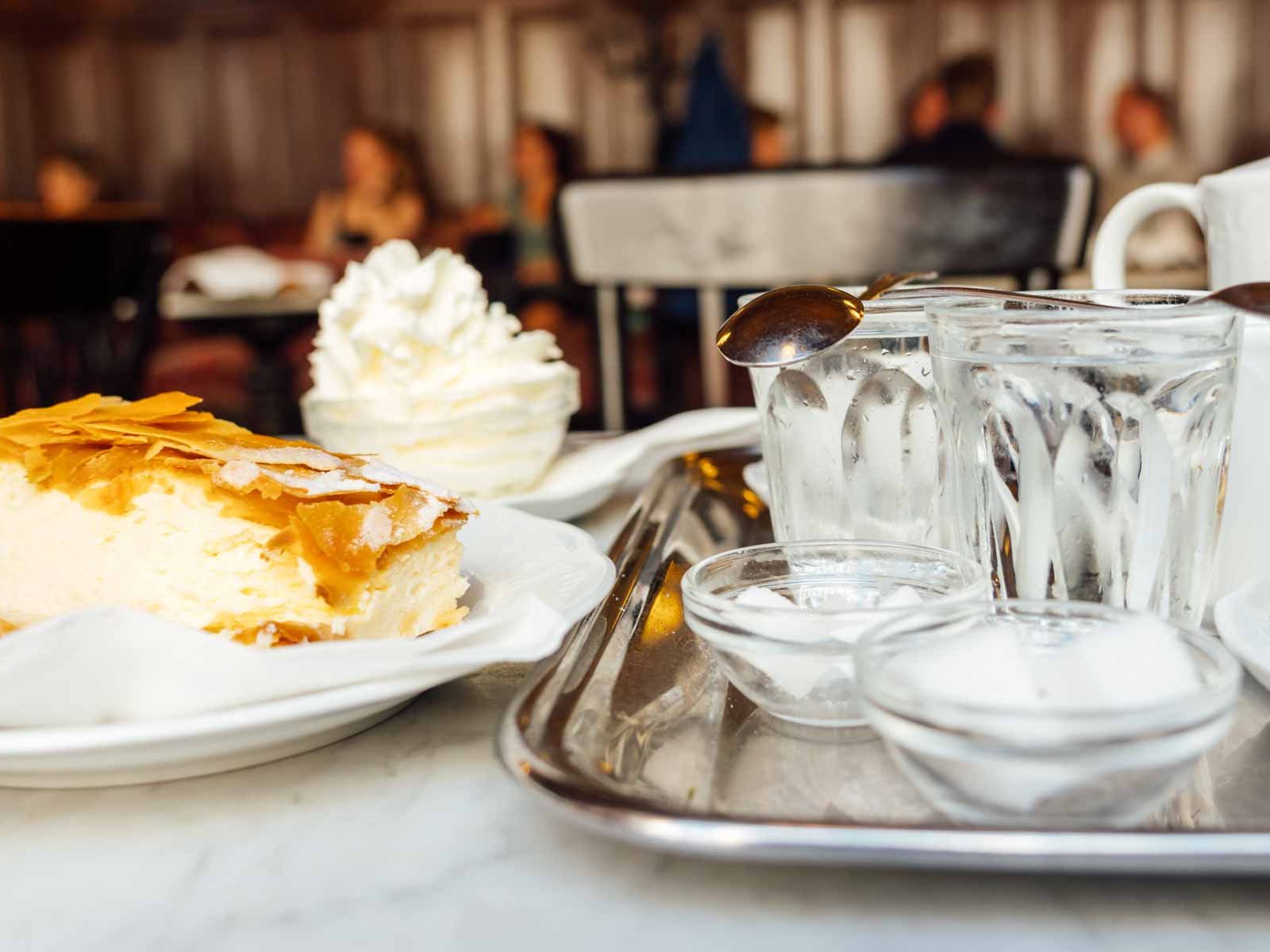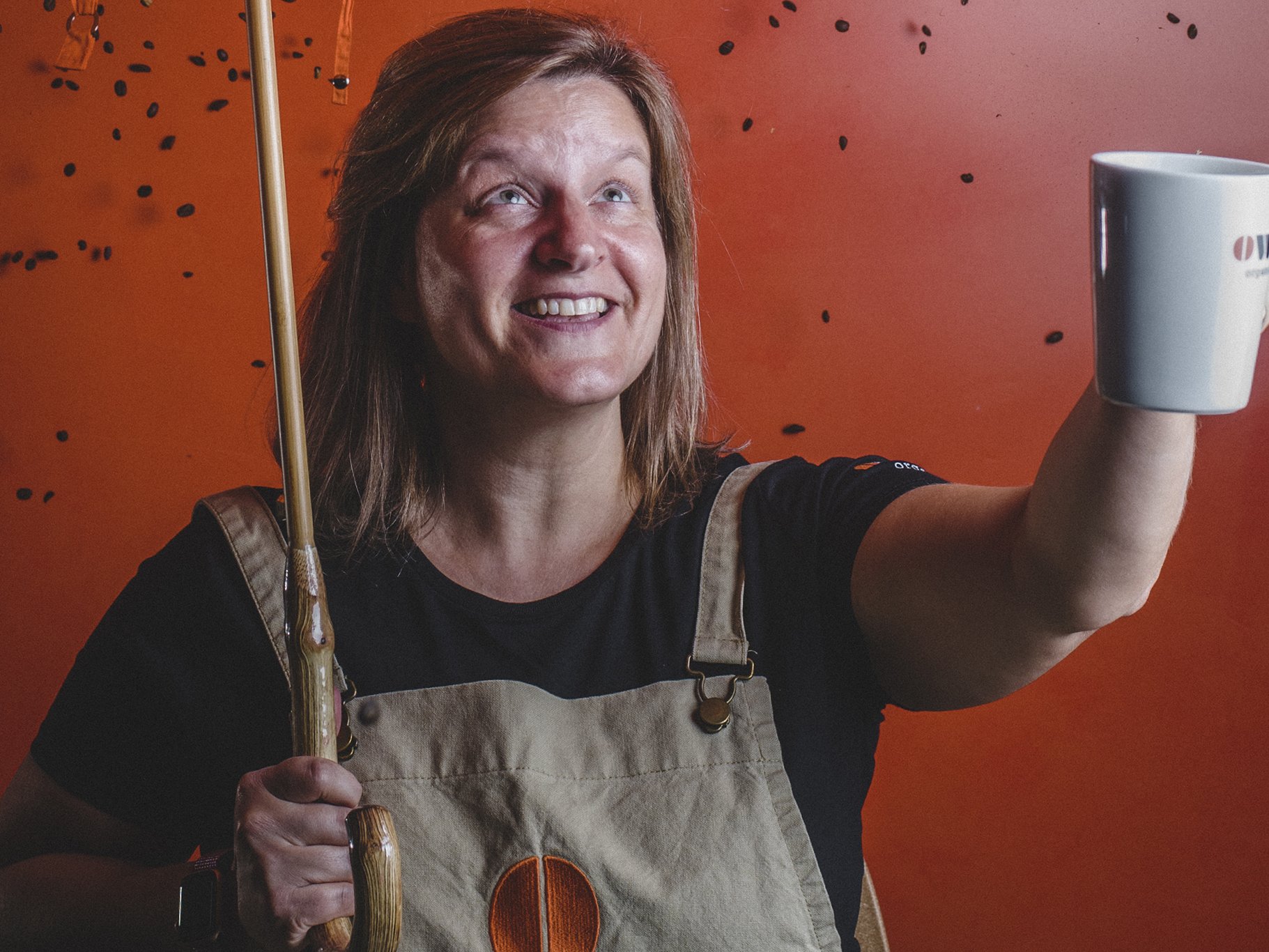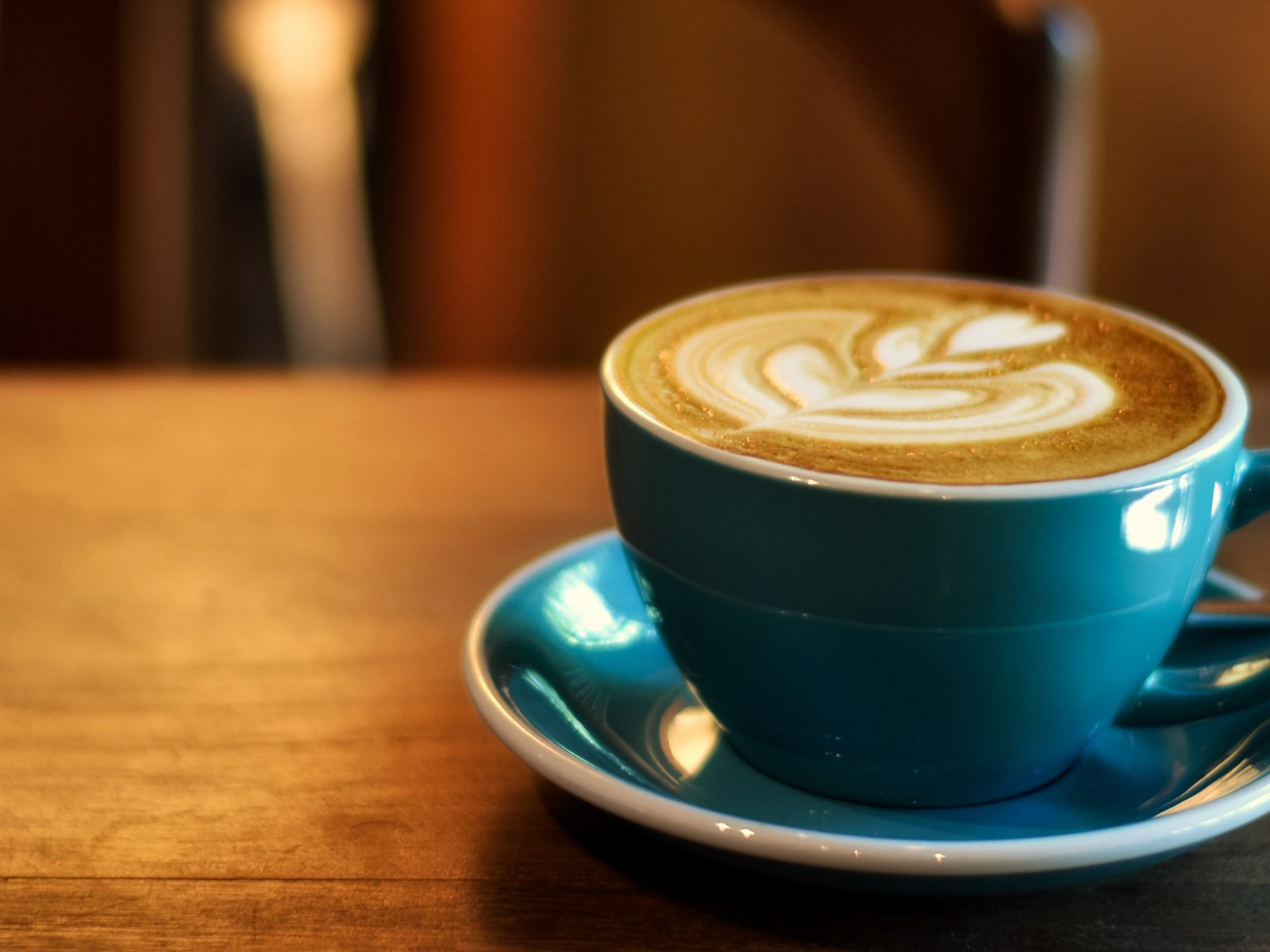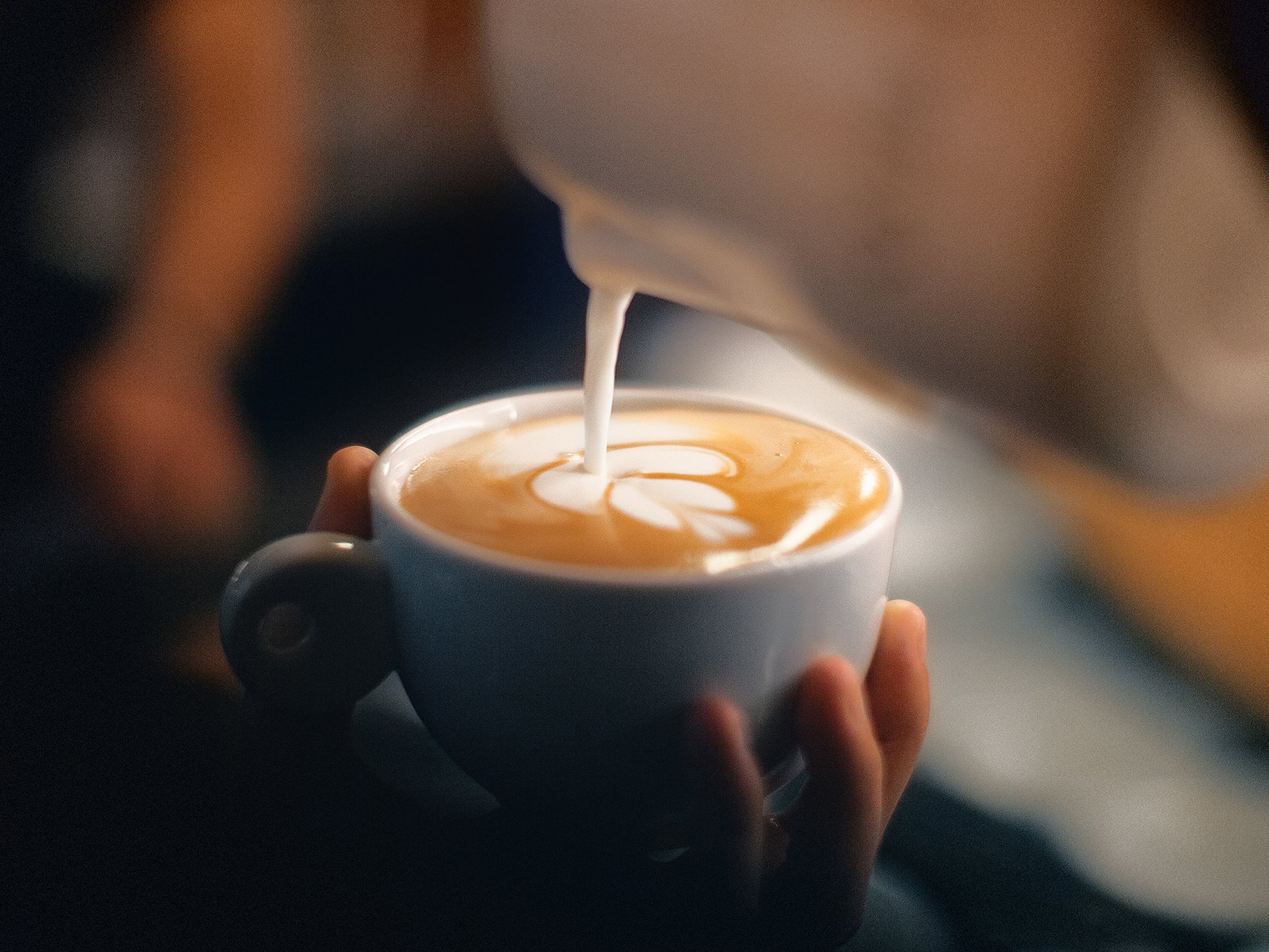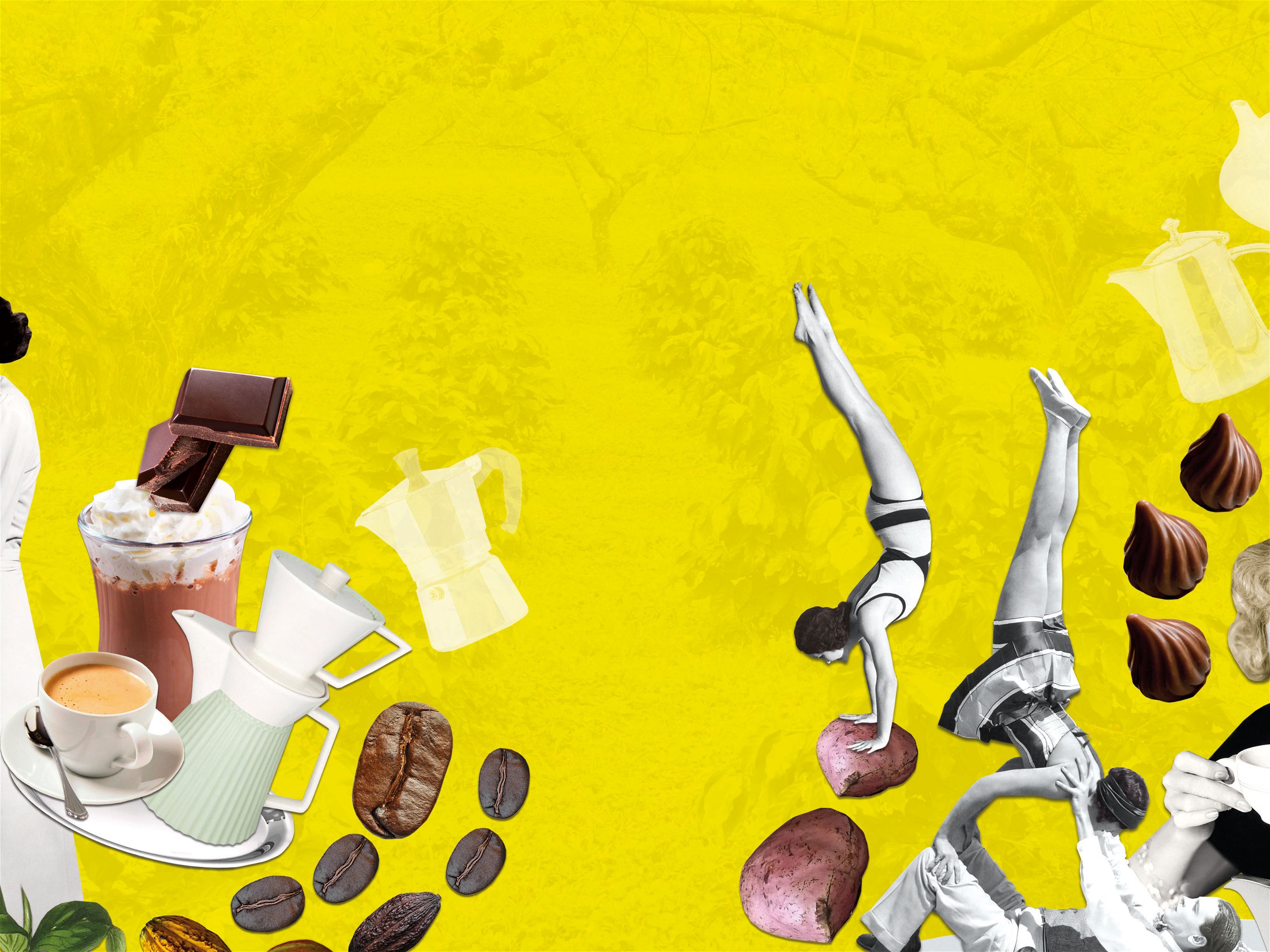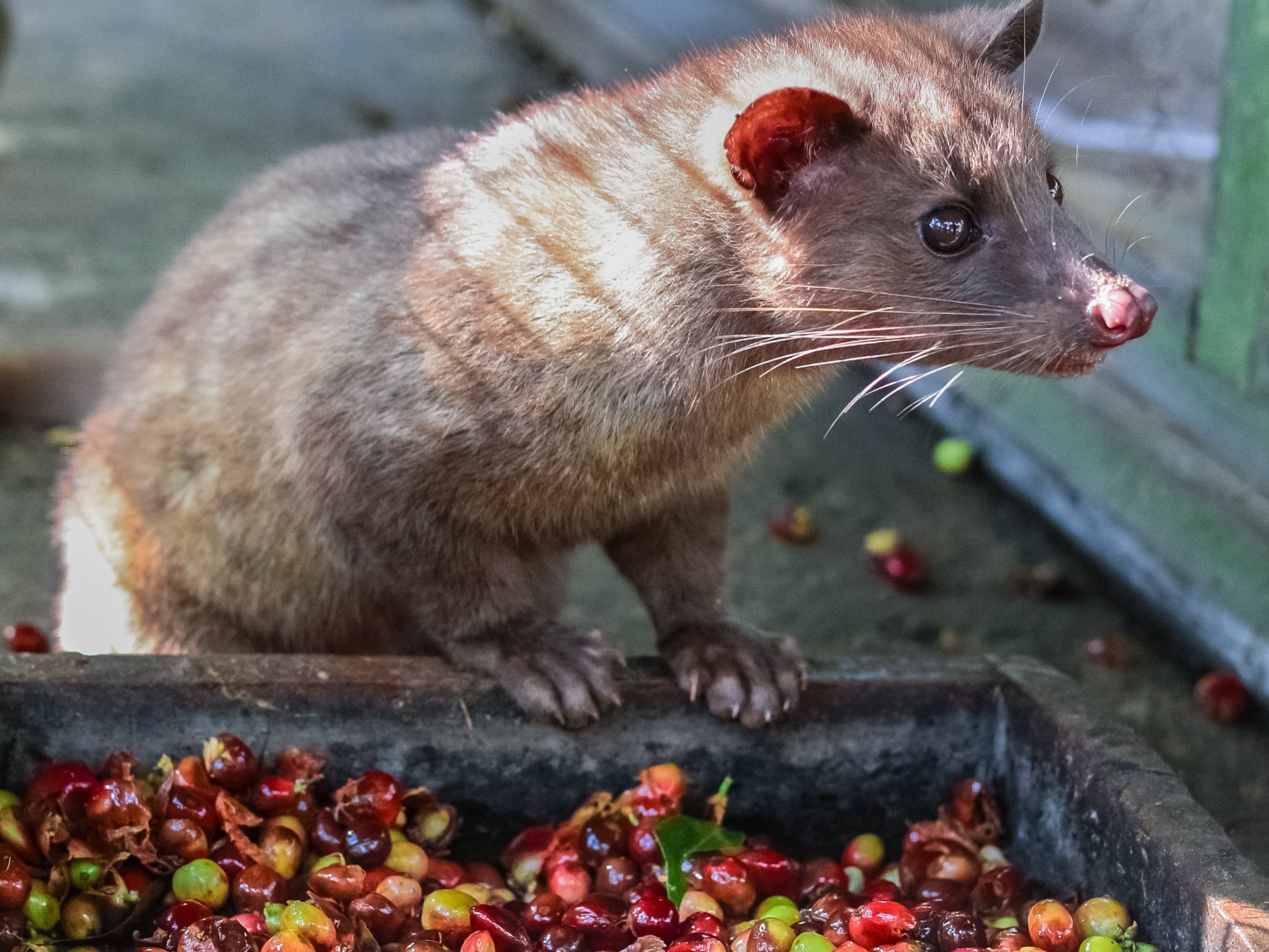The Future of Coveted Coffee Beans
The future of coffee beans is in danger in the face of climate change. What can be done to avoid aggressive fungal disease, strong price fluctuations and environmentally damaging transport?
For the coffee industry, waiting and drinking tea is not an effective way to counter the omnipresent climate change. Action is needed, and as quickly as possible. Capricious weather has long since reached coffee growing countries, heavy rain and prolonged dry spells have allowed coffee-rust fungus (Hemileia vastatrix) to ravage plantations and destroy entire harvests. It is the most dangerous disease for the coffee plant and the coffee farmers. This sword of Damocles hangs over many developing and emerging countries whose most important export is bulging coffee sacks. In addition, globally coveted beans are subject to constant price fluctuations due to a multitude of factors that are beyond the producers' control. Coffee is one of the world's most heavily traded commodities.
If coffee prices collapse, as they did at the end of 2018, it is primarily the many smallholders with low profits who foot the bill. In addition to huge financial losses there is also damage to the trade's image, which, especially in the Western world, is prompting activists to call for a more just and environmentally sustainable coffee world. And it is anything but small. Around 25 million people are directly involved in coffee cultivation, processing and trade, and coffee is the livelihood of another 100 million people. Brazil remains the largest producer of green coffee.
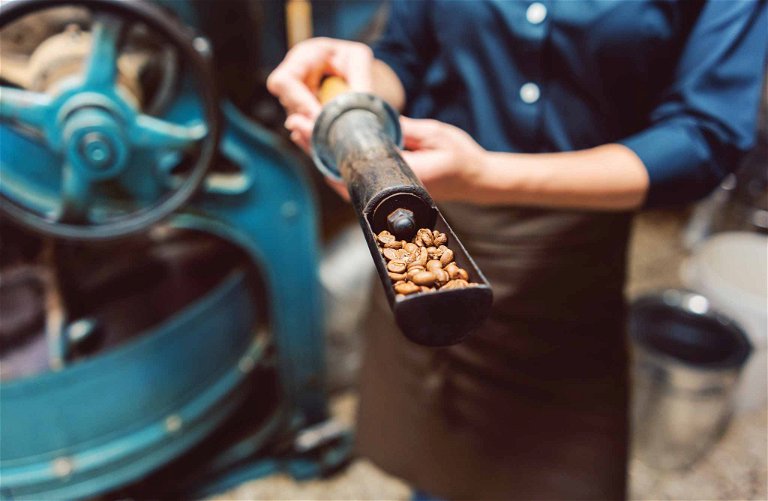
The industry is reacting, sustainability is the magic word of the global coffee giants. Industry leader Starbucks, which supplies around 100 million customers with speciality coffees every week, has set itself the goal of halving its waste footprint by 2030. An ambitious goal, as Duncan Moir, President of Starbucks Europe, Middle East and Africa (EMEA), admits. "We want to be a resource-friendly company and I believe we have a responsibility to offer our customers new and unique ways to incorporate reusable materials into their daily lives. While we've made great strides in reducing our single-use paper cups, there's more to do and we need to make reusability the only long term option."
That sounds uncompromising. Cup-Share is the name of the reusable initiative that is declaring war on the paper cup and will be introduced in all Starbucks shops in 43 countries by 2025 to ensure a significantly better eco-balance for the group. The principle is simple but effective. For the reusable cup, which will be available in three sizes, the customer pays a small fee, which is refunded when the cup is returned. At the same time, a surcharge of five cents is levied for the paper cup, which is passed on to environmental organisations that deal with global waste problems.
Nespresso has also thought about the issue of waste and wants to make its contribution to sustainability with its capsule system by 2022 and be climate-neutral. The offshoot of the Nestlé empire still relies on the tried-and-tested aluminium capsules, which withstand a brewing pressure of up to 19 bar and are therefore without alternative from Nespresso's point of view. But in keeping with the Swiss mentality, the company relies on the common sense of consumers and thus on waste separation and recycling.
As early as 1993, Nespresso had its colourful capsules, which cost from €0.38, licensed for the Dual System in Germany, which is considered a model country for waste separation. Nespresso shops will take back used capsules but the global recycling rate is only around 30 per cent. Not enough, say environmentalists and they are calling for alternatives, such as the refillable reusable capsule, which Thomas Fischer of Deutsche Umwelthilfe considers a practicable and cost-effective solution. Fewer capsules produced, less waste, fewer CO2 emissions. In return, significant resource conservation and, in the end, a better climate balance.
Sail Ship Ahoy!
The transport of coffee beans across the world's oceans has also come under scrutiny. Instead of pounding diesel ship engines, environmentally committed traders rely on the power of the wind and let their cargo glide across the seas in engine-less sailing ships in a climate-friendly way to minimise their carbon footprint. The Dutch company 'Fairtransport, Cargo Under Sail', founded in 2007, was one of the first to sail the seas with coffee bags in the hold. "Considering our planet is not a passing hype for us, but a sustainable way of life. Our ships ensure clean transport and the crews spread awareness that we all need to take better care of nature," say Sabine Fox and Joop Harrems, board members of Fairtransport.
"Coffee Ahoy" is also the motto of the German sailing freighter 'Avontuur', which ships coffee beans over thousands of nautical miles from South America to Hamburg. It may be that the sailor is sailing on behalf of 'Teikei', a community of solidarity between Mexican coffee producers and European consumers. "In Hamburg, the bags are transported to the warehouse on low-emission cargo bikes," explains Jaspar Röh, who is responsible for finance at 'Teikei'. Sustainable business as if from an ecological textbook; in fact, here the journey is also the destination.

Live and Let Live
But environmentally friendly transport combined with windjammer romance is only one aspect of the brave new coffee world. In the complex international trade network, it is also about fair, value-based and reliable prices for producers, who are all too often dependent on global stock market fluctuations over which they themselves have no influence. Leonardo Bittner de Freitas knows the problem of small and medium-sized coffee farmers.
For his Hamburg-based roasting company 'Mindful Beans', he buys directly from producers in Brazil and pays prices that make quality coffee cultivation lucrative for all involved. Live and let live, for Leonardo this is a matter of honour among merchants. And because coffee is so close to his heart, he finances the planting of a tree with every kilo of roasted coffee sold in order to improve the CO2 balance of coffee cultivation. In addition, he does not use any plastic in the packaging of his coffees. Perhaps only two small steps by an environmentally committed trader, but they go in the right direction.
Starbucks also relies on planted sustainability and operates a network of "Farmer Support Centres" in the coffee-producing countries, which supports the farmers in their work with words and deeds. It remains to be seen whether coffee, at least according to the ambitious goal, will become the world's first sustainable agricultural product in the near future. But with the planting of 100 million disease-resistant coffee trees and the provision of state-of-the-art cultivation management according to the latest findings for its producers, Starbucks wants to be well prepared for climate change.
For the average consumer, who drinks around 77,000 cups of coffee in the course of his or her lifetime, all these actions need not initially have an impact on his or her coffee-buying behaviour. But they could and should. Because only with an acceptable climate balance and fair economic conditions on all sides do coffee, its producers and traders have a future; they are the basis for the diverse taste and unique enjoyment from the roasted bean.

